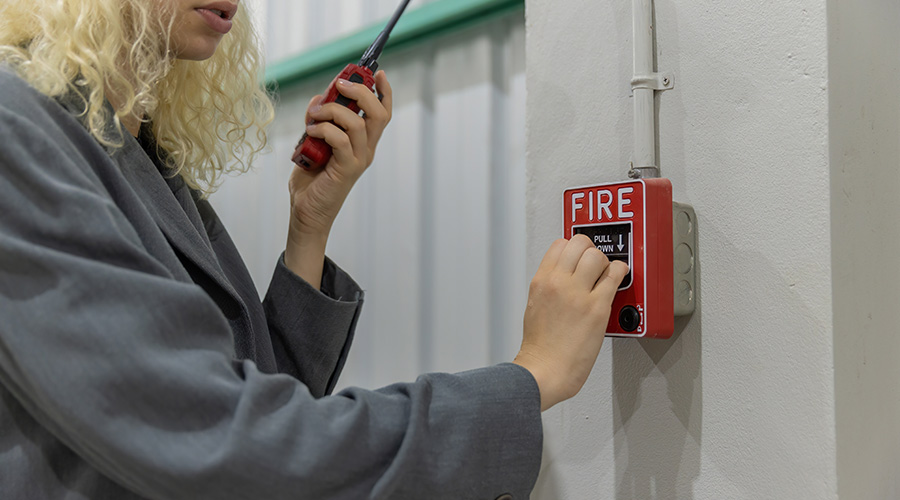Using Elevators To Evacuate People With Disabilities, Other Occupants
The same sign has been hanging in just about every building for just about as long as anyone can remember: “In case of fire, do not use elevator.” That’s beginning to change, as a modification a few years ago to the International Construction Code (ICC) and NFPA 101: Life Safety Code set standards for using elevators to evacuate high-rise buildings. The change was driven by the Sept. 11, 2001 World Trade Center terrorist attacks; in the aftermath of the attacks, one of the realizations was that the rules for evacuating high-rise buildings needed refining to account for a situation where thousands of people had to get down from dozens of stories.
It’s a welcome change, says Robert Lang, chief security officer, Kennesaw State University. He points to an example of a recent evacuation on his campus; under Georgia fire codes, firefighters can now use elevators for people with disabilities during an evacuation. By doing so in conjunction with the normal evacuation procedures, a six-story building with close to 12,000 people in it was evacuated in 17 minutes.
“It was a fantastic job, and the reason was because we could use the elevators,” says Lang.
Not every elevator can be used for evacuations. Evacuation elevators have to meet tougher code requirements, including a standalone, smokeproof hoistway; emergency power; and manual operation by a firefighter. In existing buildings, the most likely candidates would be freight elevators or elevators for people with disabilities.
But perhaps the biggest challenge is overcoming the previously mentioned sign and the behavioral habits that come with it. Such a shift isn’t quite the same as, say, changing an evacuation route; it’s more of a cultural shift not only for occupants, but also for facility managers and fire/life safety coordinators, who need to account for the change in their plans.
It raises a number of questions that have to be answered as part of the planning process, says Kristin Bigda, senior fire protection engineer, NFPA.
“How long are they willing to wait for the elevators?” she says. “What happens when that elevator gets recalled and now they are no longer able to use the elevators? Are they going to be confident that they still have enough time to get out of the building?”
One area where the change will make a big difference is in the evacuation of people with permanent or temporary disabilities, says Phyllis Meng, deputy executive officer, general services, Los Angeles County Metropolitan Transportation Authority. Her building has 25 occupied stories. To avoid possible injuries, those people only evacuate to the stairwell during drills, but that is clearly not an option in an actual emergency.
“In a real emergency, you need to get them out,” Meng says. “Taking them down the freight elevator is easier.”
Related Topics:
















